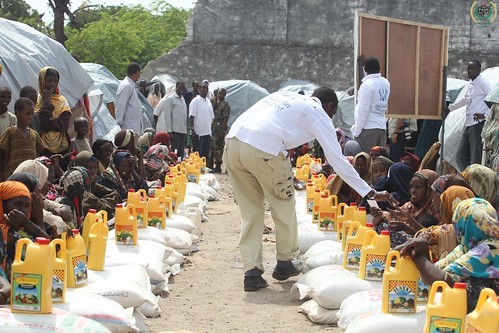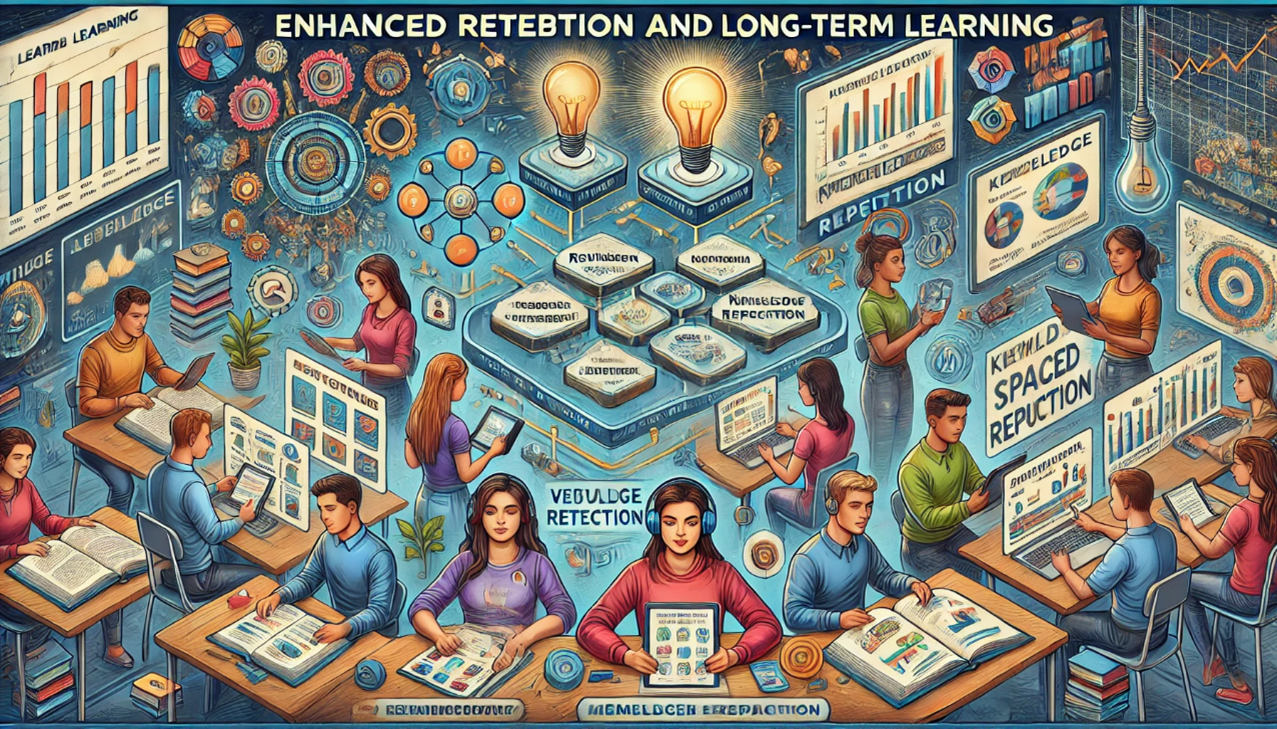How can nations balance border security with humanitarian responsibilities?

How can nations balance border security with humanitarian responsibilities?
by Maximilian 02:37pm Jan 03, 2025

Balancing border security with humanitarian responsibilities is a complex challenge that requires nations to address security concerns while upholding human rights and international obligations. This balance can be achieved through a combination of legal frameworks, effective policies, and international cooperation. Here's how:
1. Establish Clear Legal Frameworks
International Commitments: Nations should adhere to international treaties such as the 1951 Refugee Convention and its 1967 Protocol, which guarantee the rights of asylum seekers and refugees.
Domestic Legislation: Clear, transparent immigration laws that define pathways for legal migration and asylum help ensure fairness while addressing security concerns.

2. Develop Comprehensive Border Management Policies
Smart Borders: Use advanced technologies like biometrics, surveillance drones, and data analytics to enhance security while minimizing human intrusion.
Humane Processing Centers: Establish well-equipped facilities at borders to process migrants and asylum seekers efficiently and humanely.
Risk-Based Screening: Focus security measures on identifying genuine threats rather than blanket restrictions, reducing undue hardship for the majority of migrants.
3. Invest in Humanitarian Infrastructure
Safe Zones: Create safe and dignified facilities for migrants near borders, providing access to shelter, healthcare, and legal assistance.
Rapid Response Teams: Deploy trained personnel to handle surges in migration, ensuring swift and fair processing of asylum claims.
Support for Vulnerable Groups: Prioritize assistance for children, women, and other vulnerable populations, ensuring their protection and well-being.

4. Foster International Cooperation
Regional Agreements: Collaborate with neighboring countries to share responsibilities for managing migration flows and protecting borders.
Global Partnerships: Work with international organizations like the UNHCR and IOM to support humanitarian efforts and ensure compliance with global standards.
Address Root Causes: Invest in addressing the underlying causes of migration,such as conflict, poverty, and climate change, through development aid and diplomacy.
5. Promote Community Engagement and Integration
Public Awareness Campaigns: Educate the public about the realities of migration to counter misinformation and build support for humane policies.
Local Partnerships: Engage local communities in integrating migrants, reducing tensions and fostering mutual understanding.
Social Cohesion Programs: Invest in language training, education, and employment opportunities for migrants to ease their integration into host societies.
6. Ensure Accountability and Oversight
Independent Monitoring: Establish independent bodies to oversee border operations and investigate reports of abuse or misconduct.
Transparency in Decision-Making: Publish clear criteria and procedures for asylum and immigration decisions to build trust and accountability.
Judicial Oversight: Allow for legal recourse for migrants and asylum seekers to challenge unfair or unlawful treatment.

Examples of Best Practices
Canada: Balances security and humanitarian needs through a points-based immigration system and robust refugee resettlement programs.
Germany: Successfully managed a large influx of refugees in 2015 by investing in integration programs and collaborating with EU partners.
Jordan and Turkey: Host millions of refugees, demonstrating the importance of international aid and regional cooperation.
Conclusion
Balancing border security with humanitarian responsibilities requires a pragmatic yet compassionate approach. By integrating security measures with respect for human rights and international cooperation, nations can protect their borders while upholding their ethical and legal obligations to those in need.






